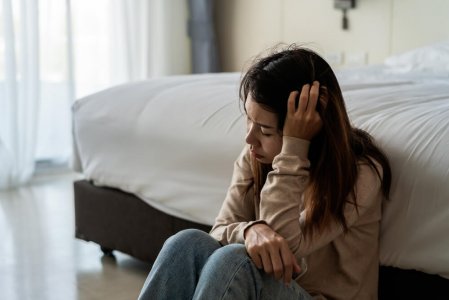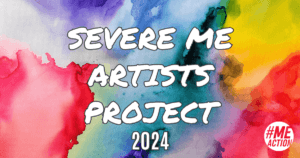#MEAction, Long COVID Justice, Strategies for High Impact and Patient-Led Research Collaborative have submitted a joint public comment to the U.S. Drug Enforcement Administration (DEA) expressing our concerns with its proposed rule for telemedicine prescribing of controlled substances when the practitioners and the patient have not had a prior in-person medical evaluation.
Data shows that the rollback of telemedicine prescribing will create further barriers to essential medication with potentially life-threatening consequences, worsening care access problems for people living with infection-associated complex chronic conditions such as ME/CFS and Long COVID, many of whom rely on medications for cognitive impairment and for pain.
Effective symptom management is a critical issue for the quality of life of people living with ME/CFS, but too often pain management is overlooked in this population. As Jennie Spotila, a person with ME/CFS described it in her testimony to Congress, “Pain is always with me. It follows me around like my shadow. Just as a shadow changes shape with the light, my pain expands, contracts, and tries to swallow me whole. There is nowhere I go, nothing I do that is unaffected by pain.”
Chronic pain is a common symptom of Long COVID as well, and these patients also face significant barriers to accessing care. One of the key recommendations of the recent HHS Health+ Long COVID Report is to “Remove the care navigation and coordination burden from people with Long COVID and their caregivers,” necessitating an “increase in telehealth services for people who have difficulty accessing care.” The DEA’s proposed rule will result in patients with ME/CFS and Long COVID losing access to necessary medication and care if implemented.
This rule will disproportionately disrupt the care of people in rural areas; people of color; queer people; women; disabled people; and people with rare and rarely-diagnosed diseases, all of whom already face substantive barriers in obtaining informed, ethical, appropriate care. For example, many people with ME/CFS and Long COVID would need to travel out of state in order to receive care from an expert in their disease; and ME/CFS patients are often too disabled to make in-person visits and are unable to access home visits.
We support the recommendation of the National Pain Advocacy Center in their comment on this proposed rule in which they “strongly urge the DEA to substantially amend the rule to permit telemedicine prescribing of controlled medications with safeguards that do not impede access to care.”
We are concerned about the impact of this rule on trans and queer people with Long COVID and ME/CFS. Telehealth services have been instrumental in seeking care safely for trans and queer people, especially as they face ongoing discrimination in health care spaces and witness increased attacks on their ability to access lifesaving care.
We therefore also support the recommendations of The National Center for Transgender Equality and the Human Rights Campaign in their recommendations to the DEA to consider:
- Extending the six-month transition period following the end of the PHE to include all prescriptions, not just existing prescriptions;
- Expanding the length of an initial prescription for a Schedule III-V controlled substance prior to an in-person visit from 30 days to at least 90 days;
- Clarifying that in-person appointments for blood tests or other lab work qualify for purposes of prescribing controlled substances through telehealth visits.







3 thoughts on “ME & Long COVID patients need telemedicine prescribing flexibility”
I’m facing the issue that my MECFS providers are out of state and can’t prescribe to a state they aren’t licensed. I attended a CFSAC meeting in DC around 2010 (the year they officially recognized MECFS over CFS) and their recommendation for MECFS was centers of excellence to mimic their approach they used for pelvic pain. This was the NIH/CDCs recommendation. But by centering our providers in just a few states, it requires patients to travel and/or see providers over telehealth. Yet these same providers can’t write prescriptions over state lines. Some won’t even see patients out of state by telehealth. This makes NO sense for our care when we have such an overwhelmingly disabled patient set, unable to travel due to health and/or limited income.
What else can we do to fight this terrible rollback?
Lisa, the DEA proposed this rule and it was seeking public comment on it. The public comment deadline was 3/31/23. #MEAction was alerted to this opportunity to make a public comment late last week so we worked quickly with allied orgs such as PLRC and LCJ to put together a joint comment in 24 hours–before the deadline closed. We also supported and uplifted the detailed analysis and recommendations made by the National Pain Advocacy Center and the National Center for Transgender Equality in their public comments. Because of the tight deadline we weren’t able to get out a prior call to action to the community to submit comments before the deadline. This article is meant as an update to the community of the issue we advocated on and the specific position we took. Now the DEA will need to consider all these comments on the proposed rule and issue a decision on the final rule to be implemented.
Comments are closed.